On 14 November 2013 I went on an excursion to the Huntington Library in San Marino, California…
My primary purpose in going was to see an exhibit featuring Junipero Serra. It was an excellent exhibit but photos were not allowed so the pictures below represent some of the other things I saw. There wasn’t time to see even a small percentage of the exhibits so my concentration was on the Serra exhibit and the Rose Hills Foundation Conservatory which houses an amazing collection of plants. Just so you see the extent, here is the map…
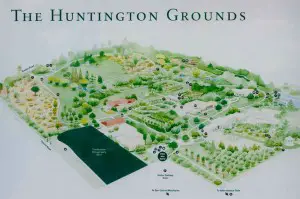
14 Nov 2013
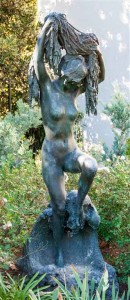
14 Nov 2013
Everywhere you walk you will see art. I did not always find a sign saying what the artwork is and by whom like the statue you see here.
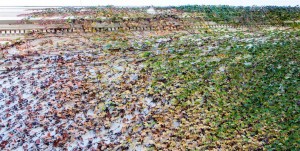
14 Nov 2013
But, it’s not just statues and the like; even the buildings with vines growing on them can be considered art.
The building you see here had a display of older religious art at the time of my visit. Again, no pictures allowed.
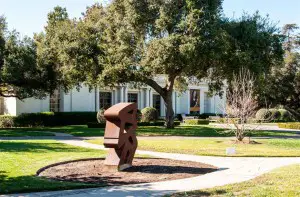
14 Nov 2013
The building with the Serra exhibit did have some bronzes which did not have any “no photos” signs on them so those are presented here. The first three are “Morning,” “Day,” and “Evening” cast in 1938 by the artist Paul Howard Manship (1885-1966). They were back-lit and something of a challenge.
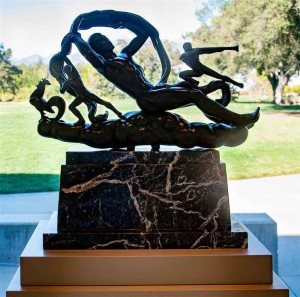
14 Nov 2013
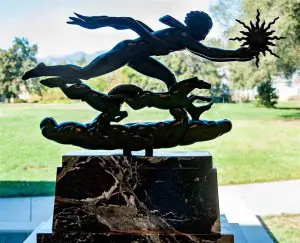
14 Nov 2013
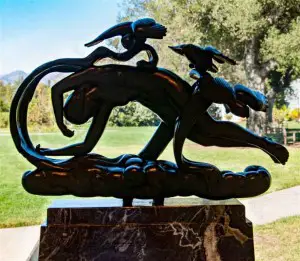
14 Nov 2013
A fourth bronze titles “Antelope and Hound” from 1916 by artist Wilhelm Hunt Diederich (1884-1953) was also on display.
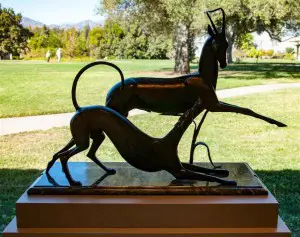
14 Nov 2013
After seeing the Serra exhibit I spent most of the rest of my time there exploring the Rose Hills Foundation Conservatory…

14 Nov 2013

14 Nov 2013
[In case you were wondering, the name picture above was taken from inside the building looking out and then flipped in editing so you could read the sign. 🙂 ]
At the entry the results of an orchid contest were on display. A number of unique varieties were on view…
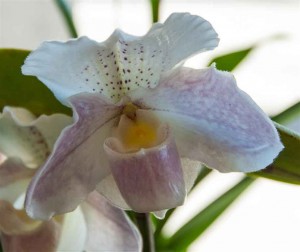
14 Nov 2013
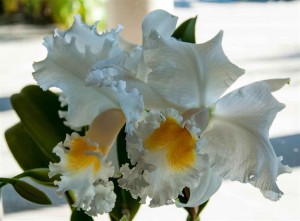
14 Nov 2013
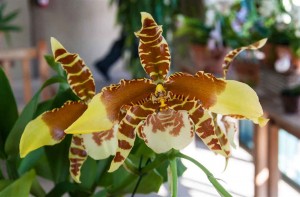
14 Nov 2013
The building itself consists of various climate rooms. The main building is basically a tropical rain forest with other rooms for cloud and bog conditions. The “weather” inside is closely controlled in both temperature and humidity.
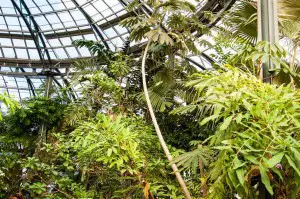
14 Nov 2013
Plants in the main area are divided but some grow together…
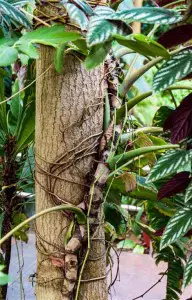
14 Nov 2013
Unique plants like this with the very large leaves can be found…
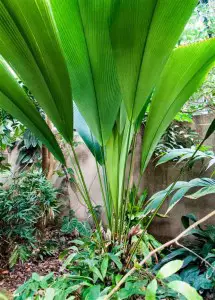
14 Nov 2013
And, not all that grow are friendly…
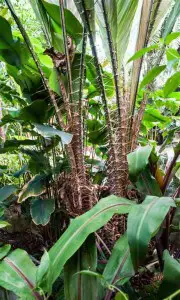
14 Nov 2013
Or, smell pretty. What you see here is the Titan Arum plant that, as part of its life cycle, produces one of the corpse-smelling flowers (not that day).
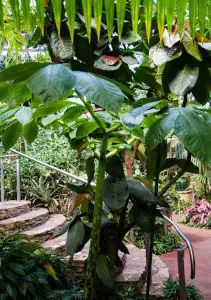
14 Nov 2013
The other climate areas have their own different plant types…
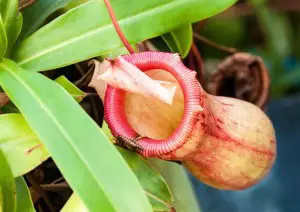
14 Nov 2013
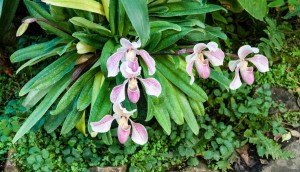
14 Nov 2013